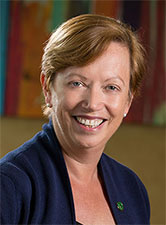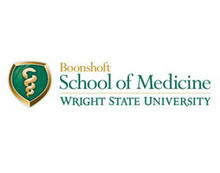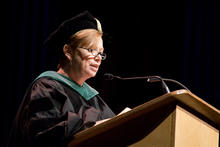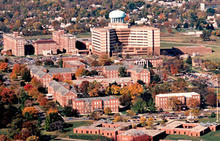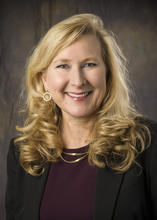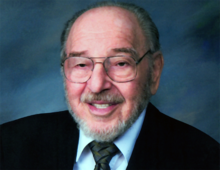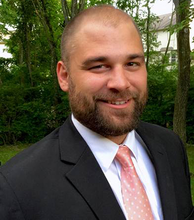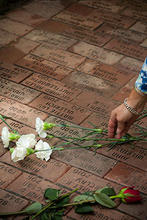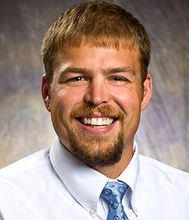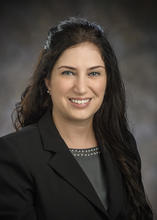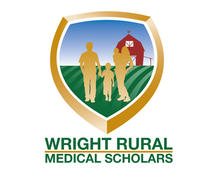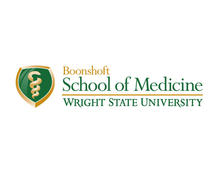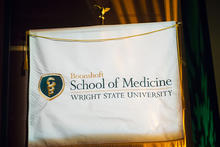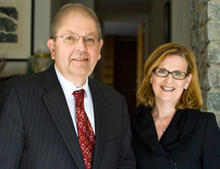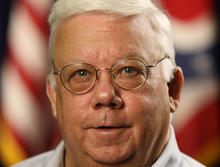The year 1980 was a turbulent and eventful one. Americans were captivated by news of the Iranian hostage crisis, John Lennon’s murder, and the eruption of Mount St. Helens. The Rubik’s Cube was debuted at the International Toy Fair. And the Pac-Man video game was released.
The dynamic spirit of the year set the tone for the coming decade and fed the public’s fascination with Princess Diana, who encouraged diligence and humanity in making the world a better place. “I want to walk into a room, be it a hospital for the dying or a hospital for the sick children, and feel that I am needed,” Diana said. “I want to do, not just to be.”
Far above the clouds, in 1980, NASA’s Solar Maximum Mission was embarking on a flight to study the sun during the peak of the solar cycle. And below, the Wright State University Boonshoft School of Medicine was graduating its charter class of 31 physicians. Built on a parcel of land not far from Wright-Patterson Air Force Base, our medical school was one of five created by the Teague-Cranston Act to help medically underserved areas. Our mission today remains as community-focused as it was then—it has helped us graduate 3,534 alumni.
This issue of Vital Signs celebrates the 40th anniversary of the first class to graduate from the Wright State University Boonshoft School of Medicine. There is much to celebrate. In just 40 years, this place and thousands of faculty, staff, and students who have labored and learned together have created something remarkable.
I first came here in 1982 as a faculty member in the Department of Surgery. Our school back then was known as the Wright State University School of Medicine, and it had a smaller footprint. Our offices were still housed in the Medical Sciences Building.
Today, we are the Wright State University Boonshoft School of Medicine. The Boonshoft gift made possible some of the tremendous growth we have enjoyed. You’ll read about that part of our history in this special edition. We celebrate other prominent figures, like the Kettering Family, who have helped our school over the years. We also note some of the important programs and milestones that show how special the Boonshoft School of Medicine really is.
We are so proud of all that has been accomplished, and yet we know that more work remains to be done. Our students both inspire and propel us, as they’re the reason we are here. It is a sentiment shared by Barrett Bolton, M.D., a professor emeritus of internal medicine and pharmacology and toxicology, who served on the admissions committee for nearly 30 years. He helped interview and select applicants dating back to the days when Wright State’s Dayton campus was mostly a corn field.
Today, like then, we are instituting innovative programs that drive student success and the improvement of health care in Dayton and beyond. We are launching a three-year M.D. program for high-achieving students interested in family medicine and pediatrics. Our efforts in rural health continue, as we have expanded the Wright Rural Medical Scholars program so that many medical students have the chance to experience rural rotations.
We’re delighted to celebrate other noteworthy milestones. We are so proud of the relationship we have enjoyed with the Veterans Affairs Medical Center over the decades. Our Anatomical Gift Program continues to serve as a vital connection with the local community. And the Department of Population and Public Health Sciences celebrates 15 years of achieving its mission.
The results of these and many other great accomplishments over the past 40 years include the best alumni a medical school could have. We feature several successful alumni in this edition, including one who is pioneering a practice in telemedicine while releasing a new book and another who is on the frontlines of the fight to cure sickle cell disease.
What we have done at the Boonshoft School of Medicine over the past 40 years is truly special. We continue to lead the way in improving health, both in our communities and beyond. Without the support of the Wright State family and our alumni and friends, none of this would have been possible.
Thank you for your continued devotion to our mission and for supporting the spirit that has made our medical school so great. It has been a distinct privilege and an honor to serve as your dean.
Margaret Dunn, M.D., M.B.A., FACS
Dean

